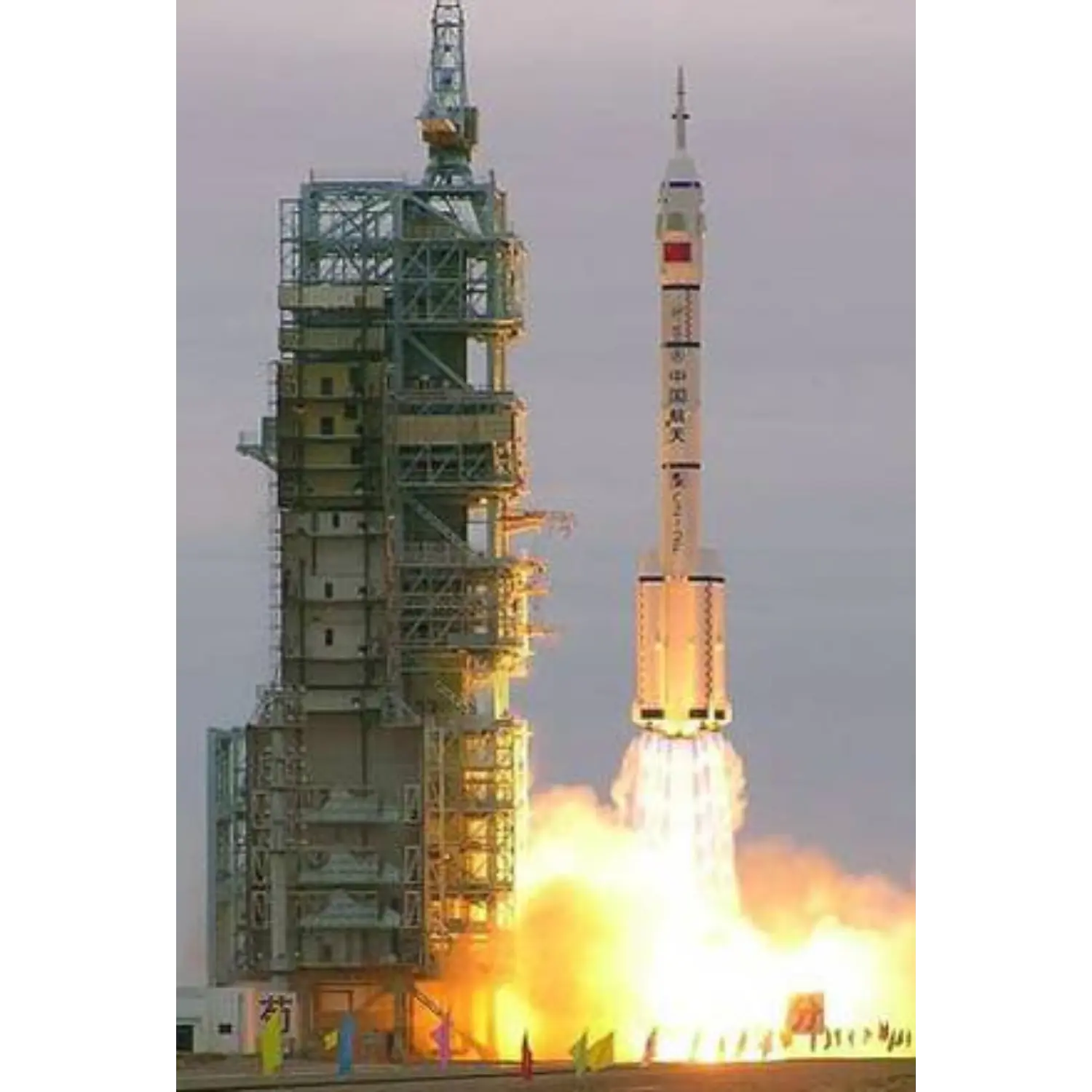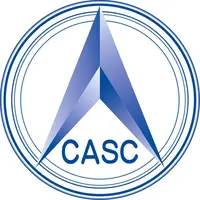/
Shenzhou 4
Launch Success
Liftoff Time (GMT)
16:40:00
Sunday December 29, 2002
Mission Details
Shenzhou 4
Shenzhou 4 (Chinese: 神舟四号) was the fourth uncrewed launch of the Chinese Shenzhou spacecraft. Two dummy astronauts were used to test the life support systems. The spacecraft was equipped for a manned flight, even featuring a sleeping bag, food, and medication. The windows were constructed of a new material that was designed to stay clear even after reentry to allow an astronaut to confirm that the parachutes have deployed properly. It was said that the spacecraft flown on Shenzhou 4 had no major differences to that used on Shenzhou 5. It flew with the ability for manual control and emergency landing, systems needed for a manned flight. A week before the launch, astronauts trained in the spacecraft to familiarise themselves with its systems. Initially, the spacecraft was in a 198 km by 331 km orbit inclined at 42.4°. This was raised to 330 km by 337 km on December 29, 2002. On January 4 and January 5, 2003, several smaller manoeuvres were thought to have taken place. The rate of orbital decay seemed higher after January 1, suggesting that the orbital module's solar panels may have been deployed for the first time. Compared to Shenzhou 3 the orbital period of Shenzhou 4 was much more tightly bounded with smaller manoeuvres. The spacecraft carried 100 peony seeds to investigate the effect of weightlessness on plants grown from them. The 52 experiments onboard investigated areas in physics, biology, medicine, earth observation, material science, and astronomy. The reentry module landed safely about 40 kilometres from Hohhot, Inner Mongolia. As with previous flights, the command for reentry to begin was given by a tracking ship off the coast of South Africa. It was thought before the flight that the Chinese would attempt a water landing to test the emergency system but this did not happen. The orbital module remained in orbit until September 9, 2003.
Low Earth Orbit
1 Payload
7,400 kilograms
Rocket


Agency
CASCRocket
Height: 58.34m
Payload to Orbit
LEO: 8,400 kg
GTO: 0 kg
Liftoff Thrust
5,985 Kilonewtons
Fairing
Diameter: 3.6m
Height: 19.11m
Stages
2
Strap-ons
4
Launch Site
Stats
Long March 2F
4th
Mission
2nd
Mission of 2002
2002
64th
Orbital launch attempt